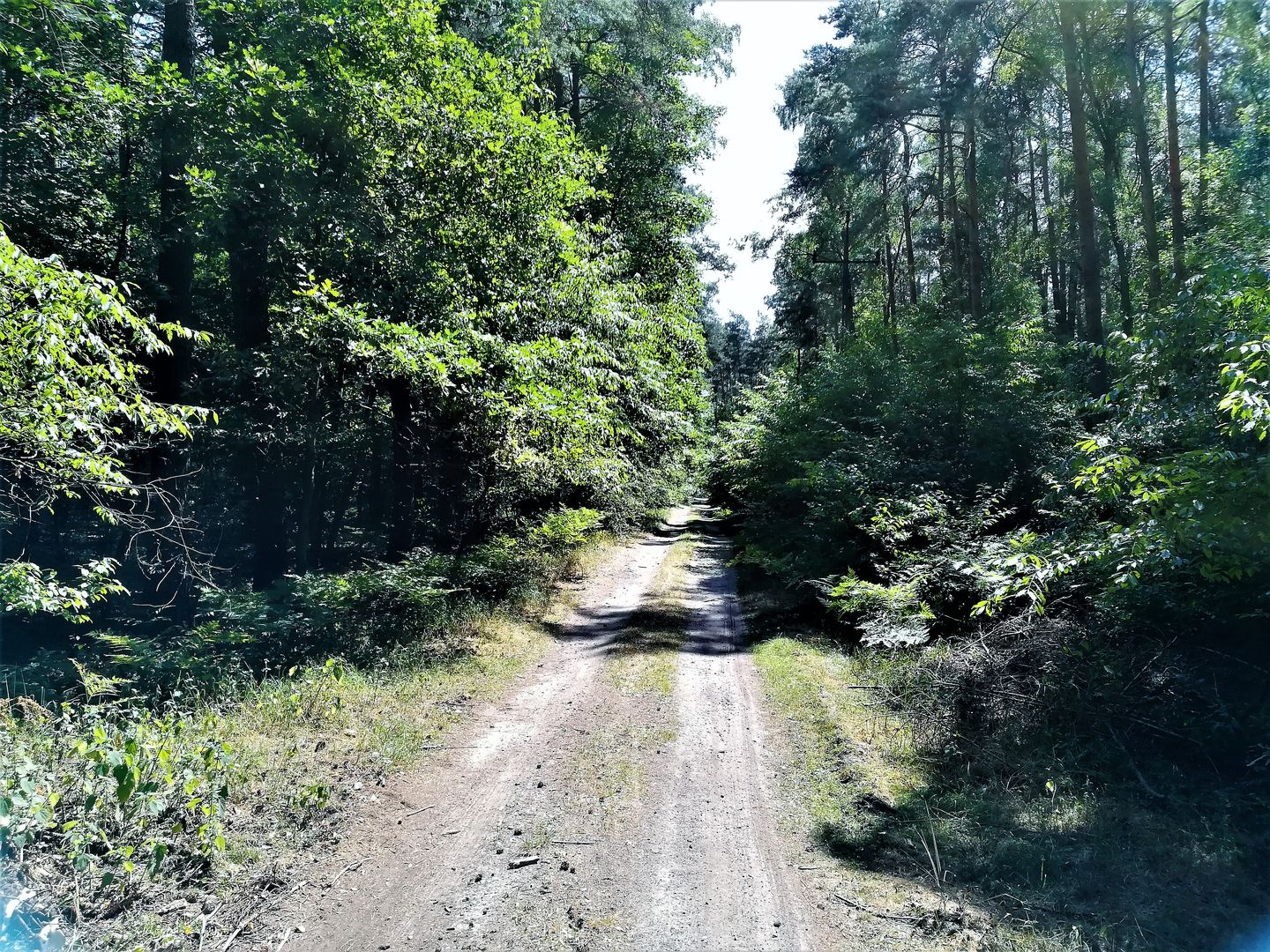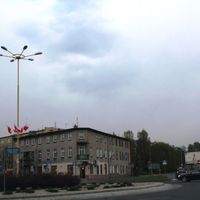Goleniowska Forest
6.44

Overview
Goleniowska Forest, known before 1945 as Gollnower Heide, is a vast forest complex covering approximately 630 km², located mainly in the Goleniów District on the Goleniów Plain, in close proximity to Lake Dąbie and the Szczecin Lagoon. This area is rich in environmentally valuable lands, including numerous protected nature reserves such as "Czarnocin," "Olszanka," and "Cisy Rokickie." The forest is also protected under the Natura 2000 network, highlighting its importance for biodiversity conservation. The flora of the forest is dominated by coniferous forests, primarily pine, with small admixtures of deciduous trees such as beech and alder. Important elements of the fauna include roe deer, wild boar, and the less commonly encountered gray wolves and moose. The network of rivers and lakes, such as the Ina River and Lake Przybiernowskie, adds to the unique character of the landscape.
The history of the forest dates back to the Middle Ages, with the first mention in 1349, when the area served as a hunting ground for Pomeranian dukes. In the 18th century, due to the development of settlements, the forests were significantly depleted. In the 1990s, the forest area was included in the Promotional Forest Complex. It is currently managed by several forest districts, including Goleniów and Rokita. An interesting feature is the 450-year-old linden tree "Anna," under which, according to legend, the Pomeranian Duchess Anna Jagiellonka rested. The forest also features hills such as Góra Jaźwinki and Góra Lotnika, offering picturesque views. Nearby towns such as Szczecin, Goleniów, and Stepnica offer a range of cultural and historical attractions. Goleniowska Forest is also a tourist attraction, offering numerous hiking and kayaking trails, making it an ideal destination for nature lovers and outdoor enthusiasts.
Location
County
Gryfino County
Country
2025 Wizytor | All Rights Reserved









